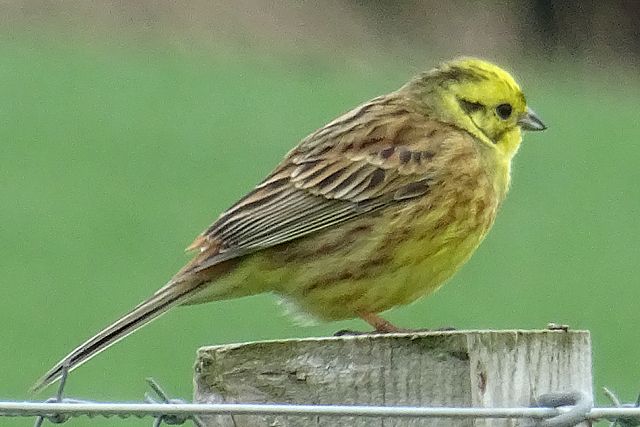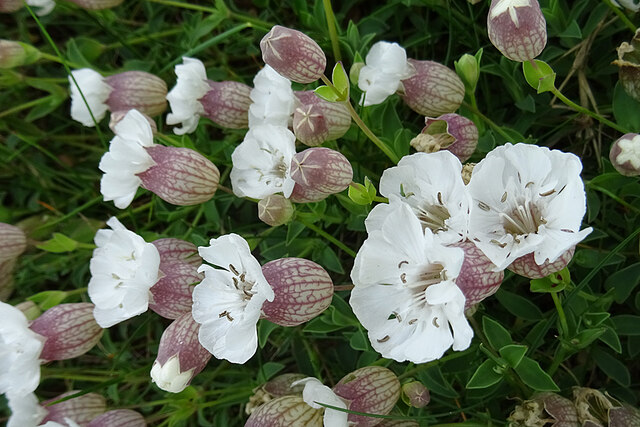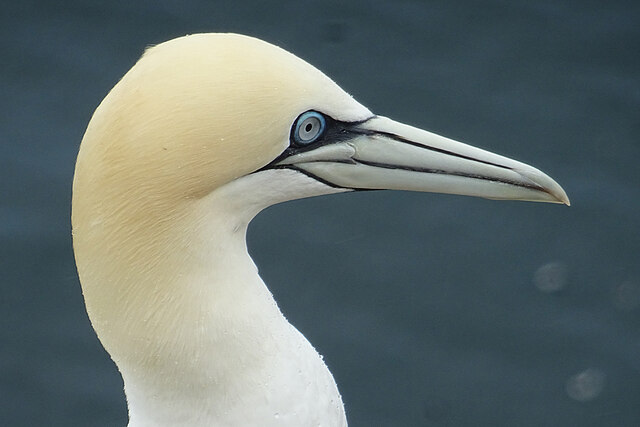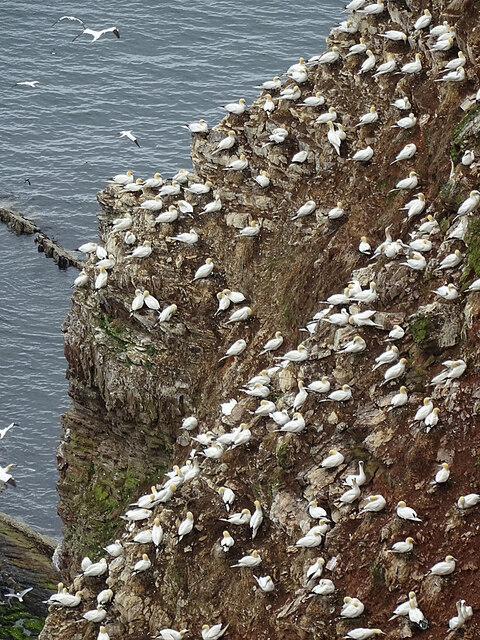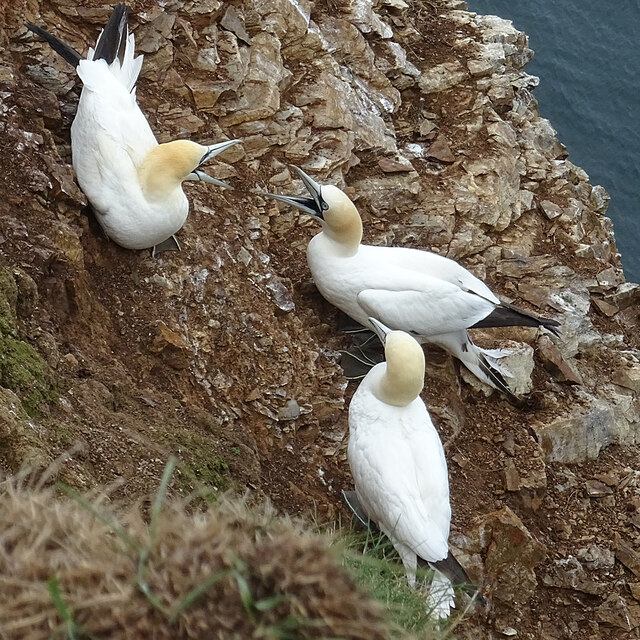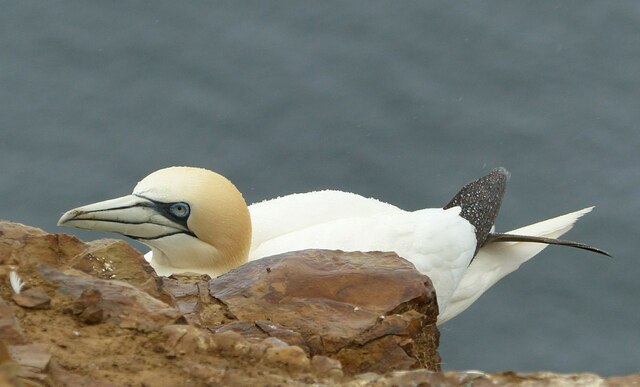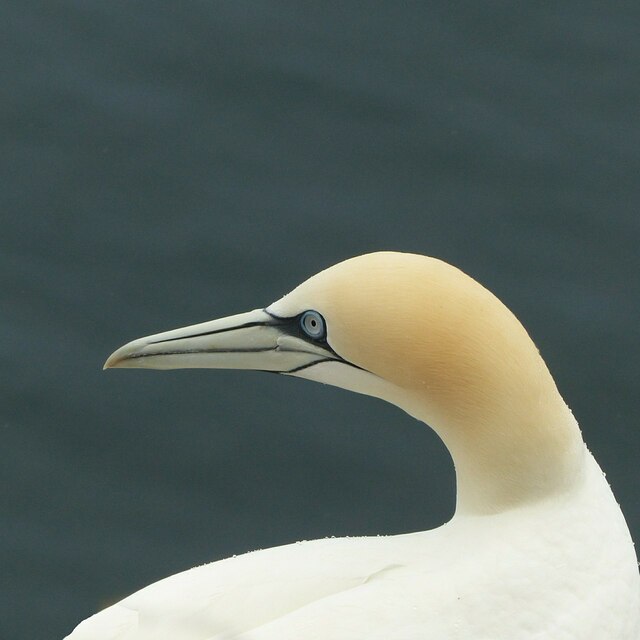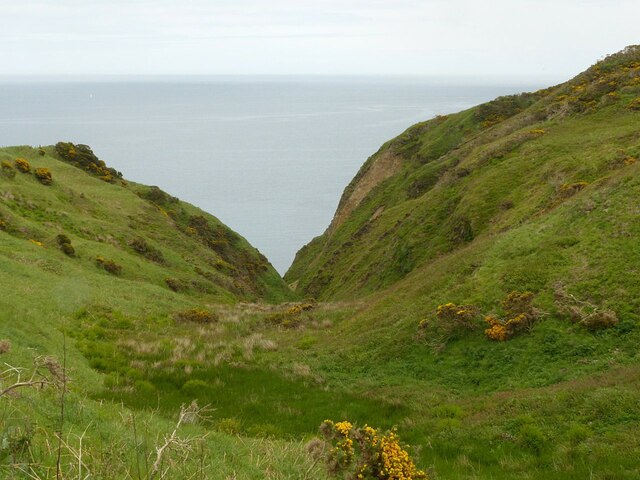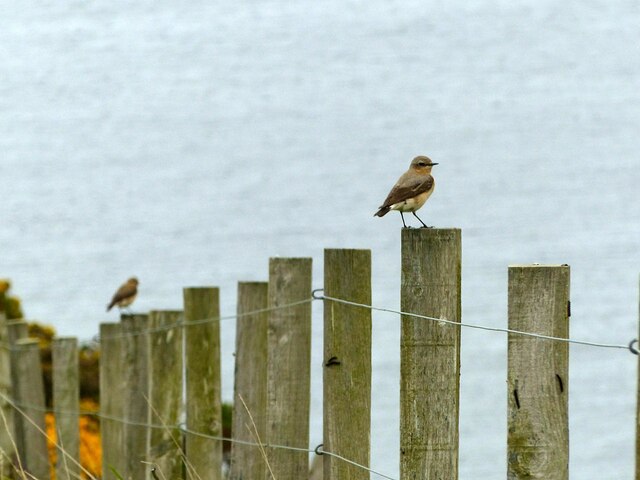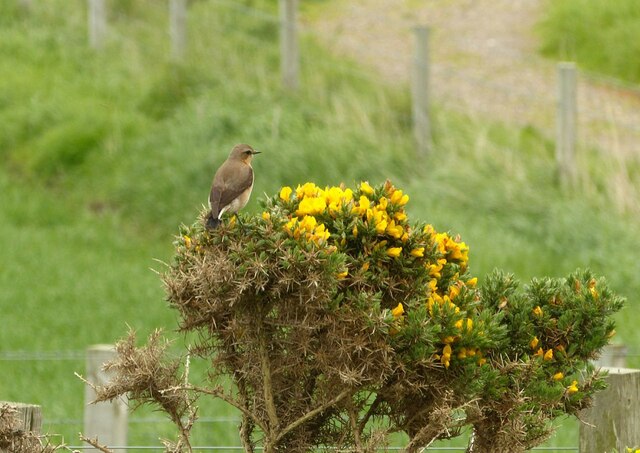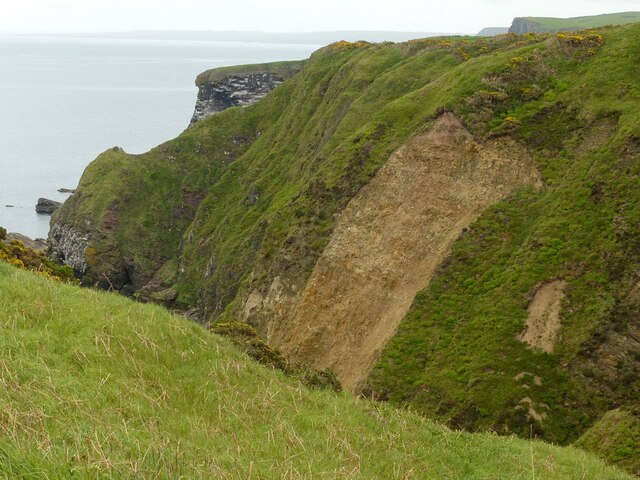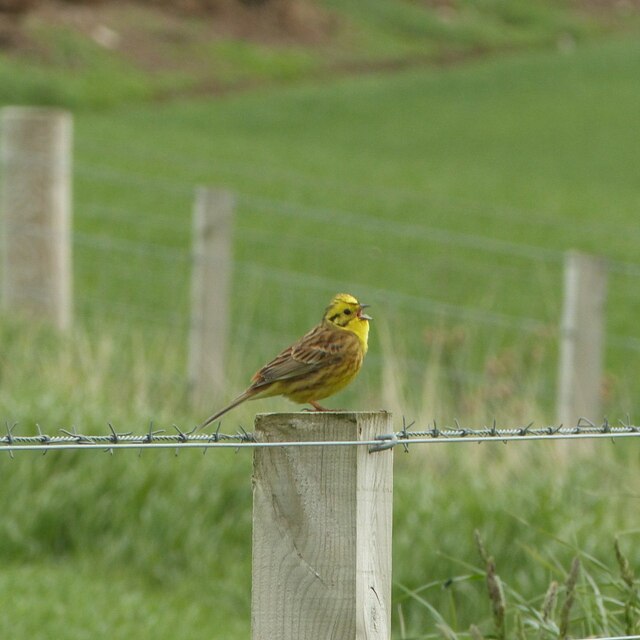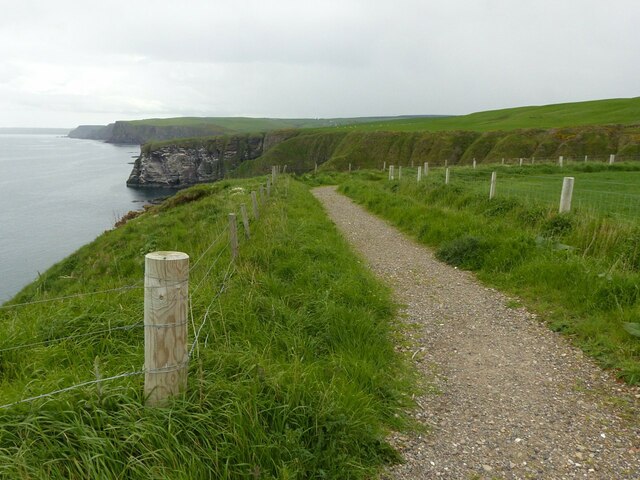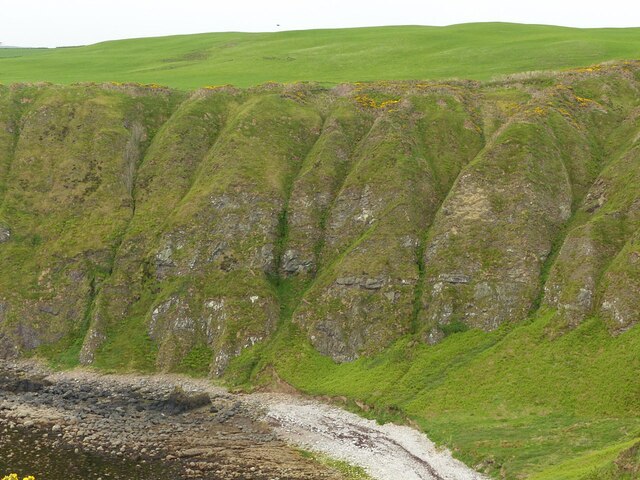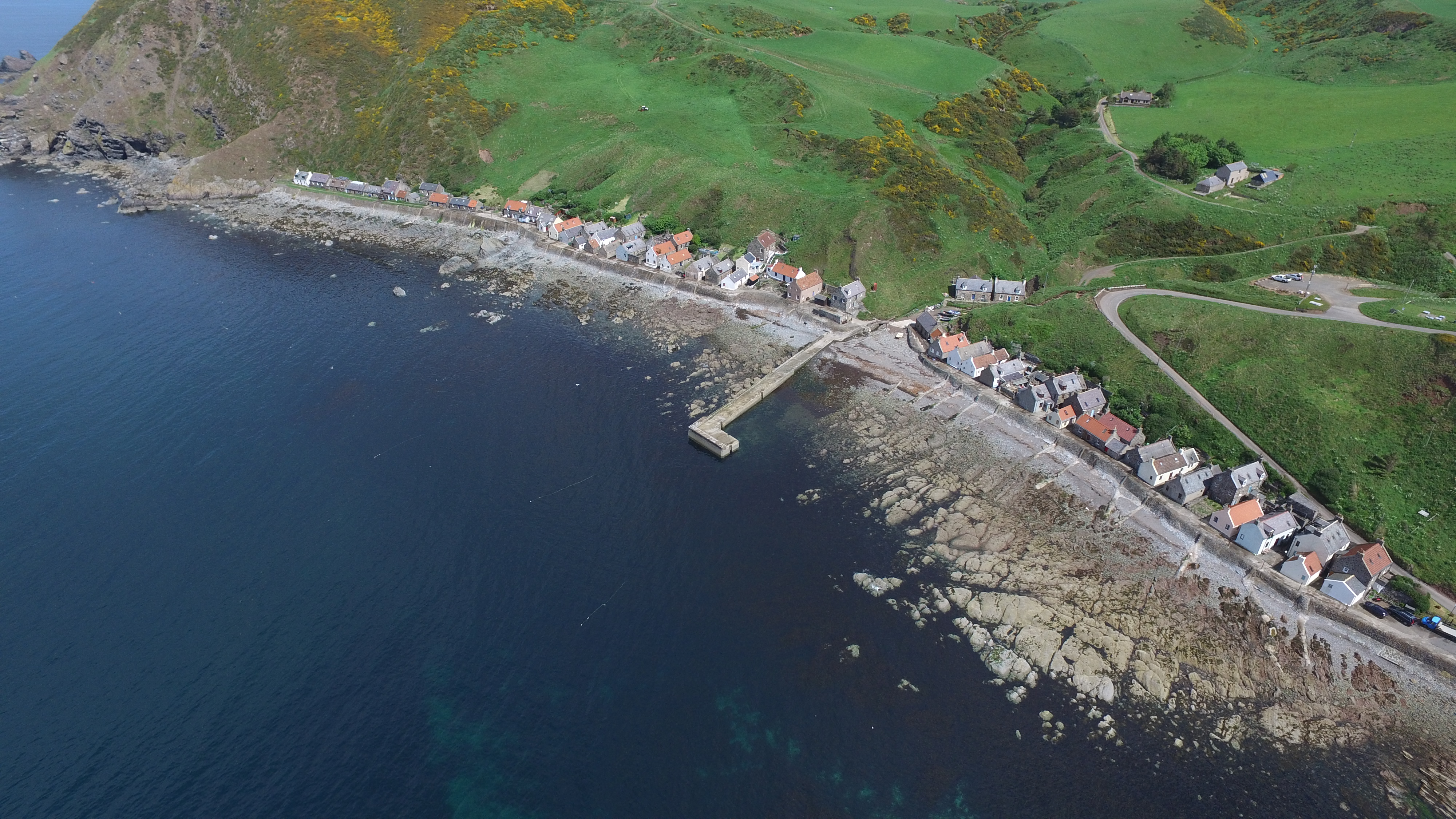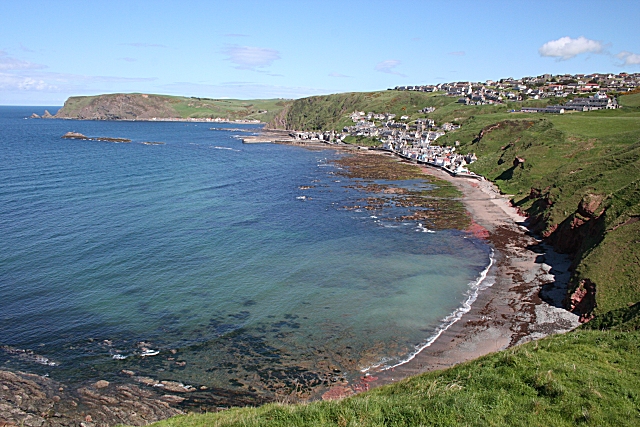Troup Head
Island in Banffshire
Scotland
Troup Head

Troup Head is a stunning coastal headland located in Banffshire, Scotland. It is situated on the north-eastern coast of mainland Scotland, overlooking the North Sea. This picturesque area is known for its dramatic cliffs, abundant wildlife, and historical landmarks.
The most notable feature of Troup Head is its towering cliffs, which rise to a height of approximately 100 meters (330 feet) above sea level. These cliffs provide a nesting site for thousands of seabirds, making it one of the largest mainland gannet colonies in the UK. Visitors to Troup Head can witness the impressive sight of these birds diving into the sea to catch fish.
In addition to gannets, Troup Head is also home to other seabirds such as guillemots, razorbills, and puffins. The area is a designated nature reserve, offering protection to these species and their habitats. Birdwatchers and nature enthusiasts flock to Troup Head to observe and study the diverse bird population.
Apart from its ecological significance, Troup Head also boasts a rich historical heritage. At the top of the headland, there is an iconic lighthouse that dates back to 1787. This historic structure serves as an important navigational aid for ships passing through the North Sea. The lighthouse is no longer manned but remains operational.
Troup Head offers breathtaking views of the surrounding coastline and the North Sea. Visitors can take a leisurely stroll along the cliff-top path, enjoying the fresh sea breeze and the magnificent scenery. The area also has picnic spots, allowing visitors to relax and appreciate the natural beauty of Troup Head.
If you have any feedback on the listing, please let us know in the comments section below.
Troup Head Images
Images are sourced within 2km of 57.694744/-2.2899399 or Grid Reference NJ8267. Thanks to Geograph Open Source API. All images are credited.
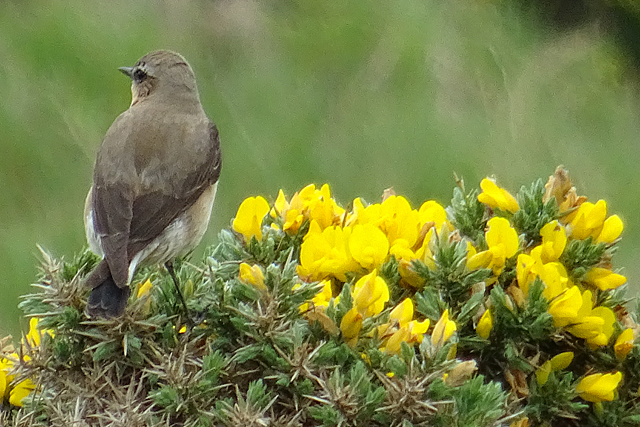
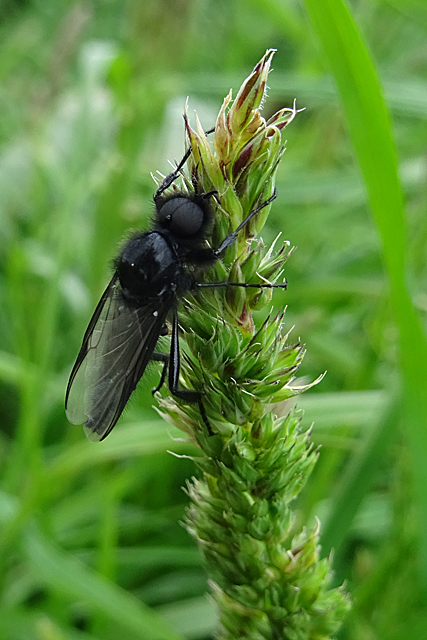
Troup Head is located at Grid Ref: NJ8267 (Lat: 57.694744, Lng: -2.2899399)
Unitary Authority: Aberdeenshire
Police Authority: North East
What 3 Words
///mere.offices.juggled. Near Rosehearty, Aberdeenshire
Nearby Locations
Related Wikis
Pennan
Pennan (Scots: Peenan) is a small village in Aberdeenshire, Scotland, consisting of a small harbour and a single row of homes, including a hotel. It is...
Crovie
Crovie is a small village in Aberdeenshire, Scotland, dating from the 18th century, a time when the sea was the only mode of transport to and from Scotland...
Auchmeddan Castle
Auchmeddan Castle was a castle, most likely dating from the 16th century, now demolished, located 9 miles (14 km) west of Fraserburgh, at Mains of Auchmeddan...
Gamrie Bay
Gamrie Bay is a bay in Aberdeenshire, Scotland. The bay is between Crovie Head and More Head. The villages of Gardenstown and Crovie are located within...
Nearby Amenities
Located within 500m of 57.694744,-2.2899399Have you been to Troup Head?
Leave your review of Troup Head below (or comments, questions and feedback).

